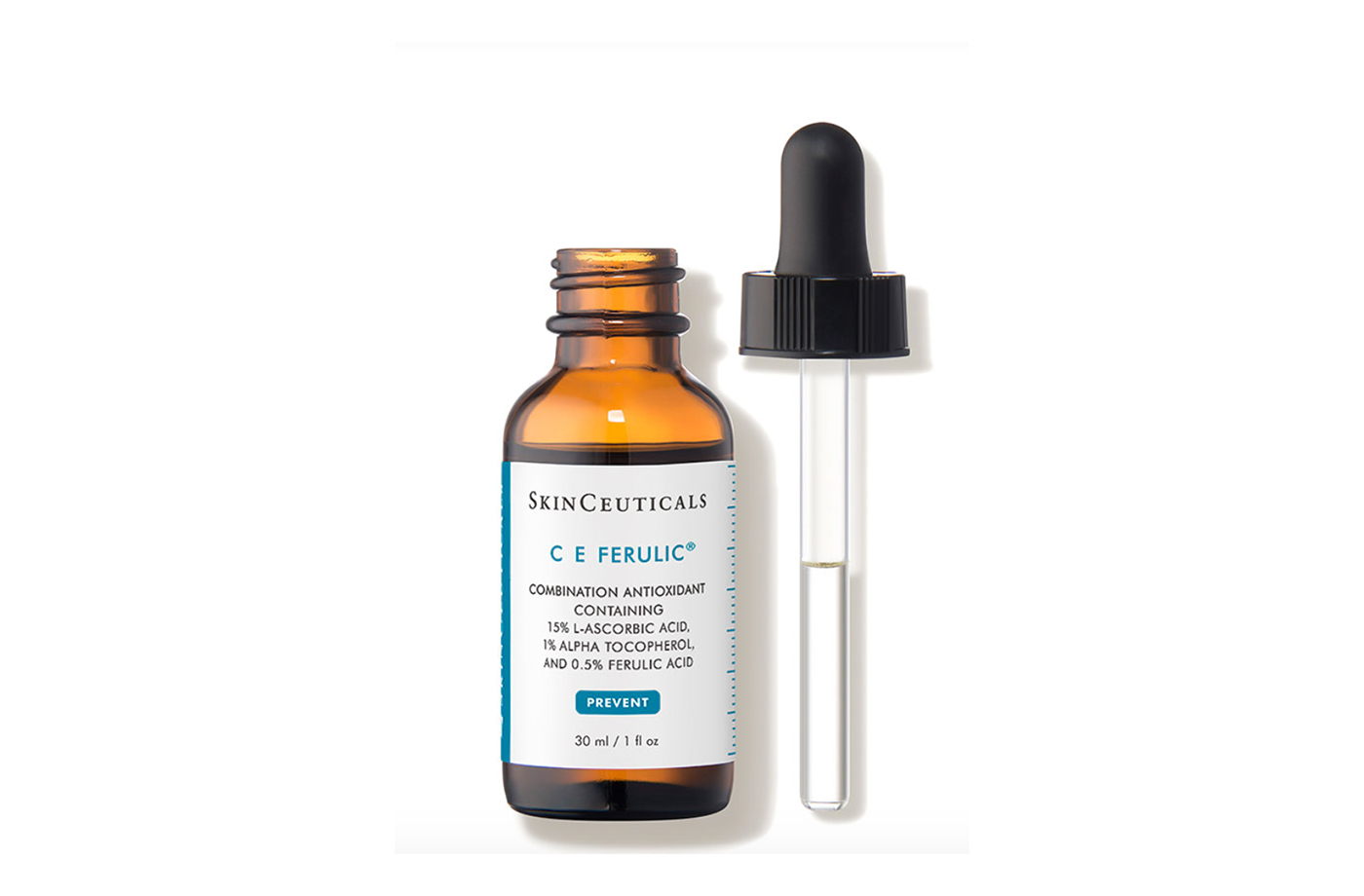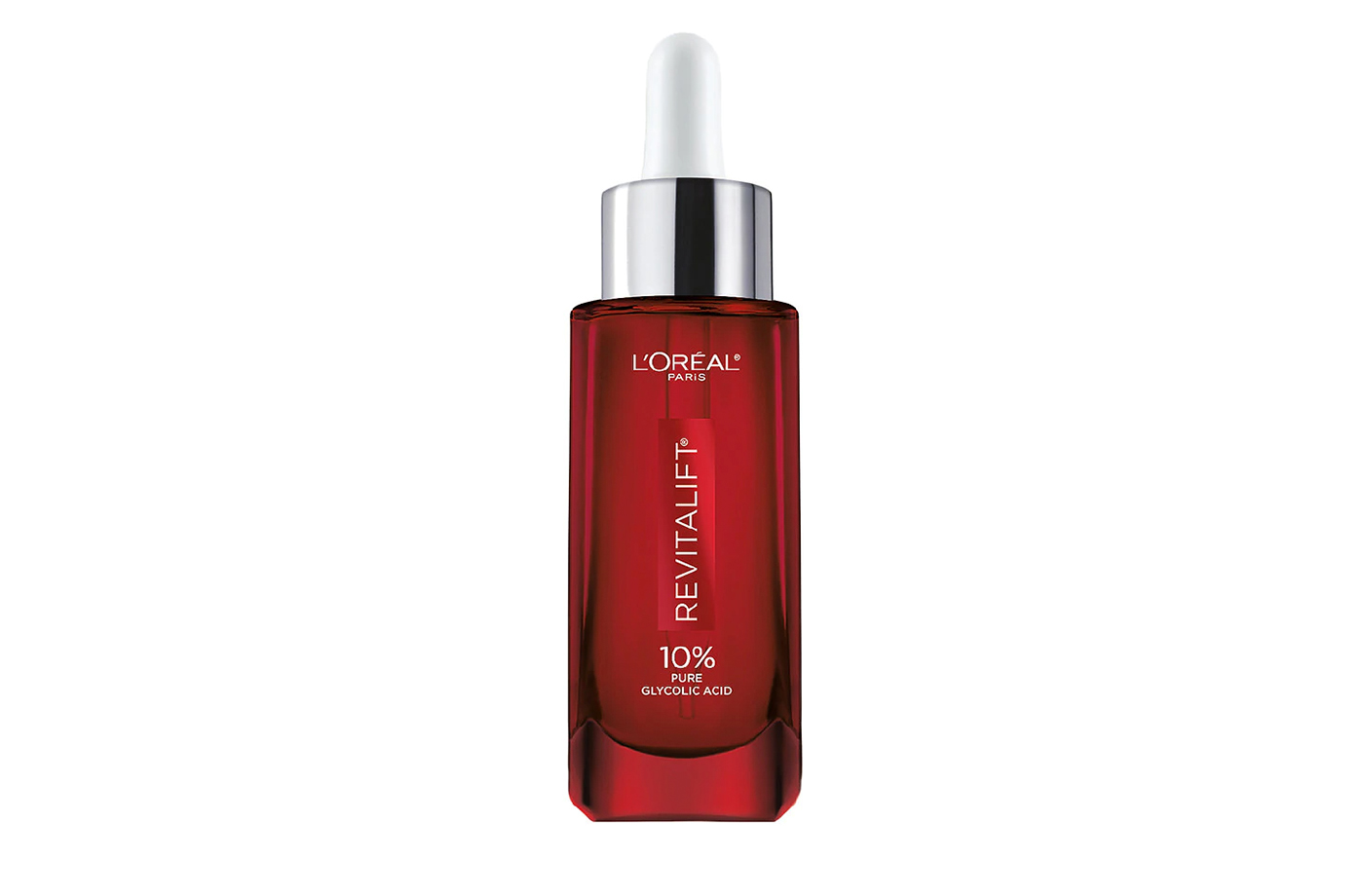With skin care, there’s a common misconception that more is more. It seems logical that the more actives you pile on your skin, the better the results will be and the quicker you’ll see them. This misconception can make it tempting to reach for products that boast the highest-possible concentrations of powerhouse ingredients. But according to dermatologists, shopping for skin care based on those numbers is actually doing a disservice to your skin.
Many brands brag about having “X percent” of some active ingredient on their labels, but it’s important to understand what those numbers actually mean. “They typically refer to the concentration of a particular main ingredient in the formula, one that they feel is beneficial in highlighting,” says David Petrillo, a Los Angeles-based cosmetic chemist and the founder of Perfect Image Skincare. “If the ingredient percentage is shown under a table on the label or box named ‘active ingredients,’ it refers to ingredients the FDA considers to be a drug and is required to follow specific guidelines for labeling and packaging [editor’s note: you’ll often see this with sunscreen or prescription-grade topicals]. If it’s on the front of the label, then it is usually a cosmetic product in which the brand is putting a spotlight on to showcase its content or percentage of an ingredient they feel is important enough to mention.” This means that since there’s no regulation, there’s no real way to be sure that the numbers are 100 percent accurate.
Even if the potencies listed on the labels were guaranteed to be the real deal, you can’t assume that the product boasting the highest concentration is the most effective one. There are a few reasons why opting for the highest percentage of an active ingredient isn’t the best way to decide whether or not a product will give you the results you’re looking for. “Higher percentage does not always equate to a more effective product,” says Petrillo. “Sometimes too much of an ingredient can be bad, especially if someone is allergic or sensitive to a particular ingredient.”
Then, there’s the fact that your skin may not need a high concentration of an active for it to work, and you’re actually better off using something less intense in order to get the full benefits of an ingredient. “Sometimes you can’t even absorb higher percentages of an ingredient,” says Rachel Nazarian, MD, a board-certified dermatologist based in New York.
And as Flora Kim, MD, another New York-based board-certified dermatologist puts it: “Think of it as if you’re making a smoothie. You might want to add some cayenne pepper to boost your metabolism, but no one is going to make a smoothie that’s 80 percent cayenne pepper—you’re not going to be able to drink it.”
Instead of evaluating skin care by the percentages listed for the active ingredients, the pros suggest another way to suss out which products are worth the investment. First, read the entire ingredient list. The FDA requires cosmetics brands to list any ingredients that make up more than one percent of the formula in descending order of their predominance (save the ingredients that comprise fragrances), so if the highlighted active is near the end of the list, you probably aren’t getting very much of it. “Then, I would recommend having some familiarity with the more popular ingredients and their percentages, specifically for the type of skin concern you are looking to address,” says Petrillo. To help you do that, we asked derms to explain what to look for with the most common skin-care ingredients to ensure you’re getting an effective product. This way, you can make sure your skin is getting exactly what it needs—nothing more, and certainly nothing less.
Vitamin C
Shop now: SkinCeuticals C E Ferulic, $166
When shopping for vitamin C, it’s far more important to look at the vitamin’s form than its potency level. “There are different forms of vitamin C, and some are going to be more stable than others—some will oxidize more quickly than others, and that impacts the efficacy,” says Dr. Kim. L-ascorbic acid, the scientific name for the pure form of the antioxidant, works better at higher concentrations, and Petrillo says you should look for a concentration between 10 and 20 percent. But you’ll want to be careful how high you go, because “exceeding 20 percent doesn’t enhance benefits and could lead to irritation,” he says.
You may also see vitamin C listed as ascorbyl glucoside, a molecule that converts into L-ascorbic acid in your skin, “and you don’t need to have such a high percentage, because it absorbs better—some people will see results at five percent of that ingredient.” Finally, there are vitamin C and E complexes, like the ones you would find in SkinCeuticals’ cult-fave brightening serum. Vitamin E boosts the effectiveness of vitamin C, which means you don’t need to go any higher than a 15 percent concentration when the two ingredients are included together. “With vitamin C, you really have to look at the form it’s coming in to determine if you need a higher percentage,” she says.
Hyaluronic acid
Shop now: Osea Hyaluronic Sea Serum, $88
If you want to reap the hydrating benefits of hyaluronic acid—or hyaluronan, as it’s sometimes called—the concentration of the ingredient doesn’t matter nearly as much as its molecular weight. “The molecular size is actually more important because that determines depth of absorption into the skin,” says Dr. Nazarian. Differently sized molecules are able to penetrate different layers of the skin, and since hyaluronic acid acts as a humectant to draw moisture into your skin, you’ll get deeper hydration from a formula that has multiple weights of hyaluronic acid.
“For a hyaluronan serum to deliver both instant and long-lasting effects, you need a combination of molecular weights,” Jeremy Muijs, co-founder of skin-care brand Grown Alchemist, previously told Well+Good. “Low- and medium-weight hyaluronan molecules penetrate deeper into the skin’s structure, providing maximum below-the-surface hydration and in turn rehydrating skin cells over time. High-weight hyaluronan molecules deliver immediate intensive hydration to the surface layers of the skin for an instant smoothing and firming effect.” If you still want to check on the formula’s concentration Dr. Nazarian suggests opting for a serum that’s above one percent hyaluronic acid to ensure it works, but Petrillo says not to go above two percent to avoid irritation and dryness.
Glycolic acid
Shop now: L’Oréal Paris Revitalift Derm Intensives 10% Pure Glycolic Acid Serum, $24
Overdosing on any type of exfoliant—including alpha-hydroxy acids (AHAs)—can strip your skin and damage its barrier, ultimately doing more harm than good. That’s why glycolic acid, an AHA, is an example of an ingredient where less can really be more. “You can certainly get higher percentages of glycolic acid, but ultimately, you don’t need to blast your skin with it to see improvement,” says Dr. Nazarian. “You can do a gentle glycolic acid treatment once a week and be fine, as opposed to going higher and higher in concentration and irritating your skin because it can’t tolerate it.” With this ingredient, it’s important to listen to your skin. “It’s always best to start with lower percentages, to test how your skin reacts or tolerates it before attempting a stronger percentage,” says Petrillo. A 10 percent concentration with a pH of 3.5 is a good baseline, but pay attention to how your skin reacts and work your way up or down if necessary.
Retinol
Shop now: First Aid Beauty FAB Skin Lab Retinol Serum 0.25% Pure Concentrate, $58
There are many types of retinoids, and one of the most common non-prescription forms is retinol. When you’re evaluating that particular ingredient, more actually does more—up to the point where you cause irritation, that is. “The concentration of retinol directly correlates with the results you see,” says Dr. Kim. “Assuming your skin barrier is intact, you’re going to want to increase the concentration you’re using over time because your skin can build up a tolerance.” That said, retinol is infamous for its irritating side effects, which means that you’ll want to be extra cautious when upping the amount you use. “I would recommend starting with a low percentage of retinol, under .5 percent, so you can see how your skin tolerates the product,” says Petrillo. He suggests using that consistently for at least 30 days, and if you can tolerate it, then move up to a slightly higher concentration.
Curious about which ingredients a dermatologist uses in her own routine? Check out the video below.
Want even more beauty intel from our editors? Join Well+Good’s Fine Print Facebook group (and follow us on Instagram) for must-know tips and tricks.




